The 'Discharge Decluttering Method' helped me gently let go of sentimental belongings without triggering feelings of sadness
This slower-paced decluttering method has a long-lasting impact


The 'discharge decluttering method' could be the answer to parting with some of your surplus sentimentals. In a home, they're definitely among the hardest items to pare down, but by doing it mindfully through a method like this, the process can feel more possible.
If you've tried other decluttering tips without much success, this one is well worth giving a shot. It's different than other methods out there, and allows you to feel your emotions while at the same time letting go.
Here, professional organizers break down what the discharge decluttering method is, and I share my experience of trying the method out first-hand as someone who has many sentimental items in their possession.
What is the discharge decluttering method?
Coined by minimalist and author of Simply + Fiercely, Jennifer Burger, the discharge decluttering method is a method that encourages people to display their sentimental items around their homes, live with them for a while, and then decide if they feel they still have a purpose in their lives after time has passed.
This passing of time allows a person space to work through their attachments to each item so they can make clearer decisions on decluttering.
Kimberly Corey, certified professional organizer, certified virtual organizing professional, and owner of Finely Sorted Organizing, says, 'The slow drip discharge of your sentimental items having a presence in your home will aid you in managing the attached sentiment that makes it hard to decide upon whether to keep each thing or whether to let something go.
'It’s as if you have had a conversation about the items in your mind as to their relevance and purpose, which is usually how I declutter clients who have a great deal of sentimentality. They have to tell the story or feel like the story has been told before letting an item go.'
Design expertise in your inbox – from inspiring decorating ideas and beautiful celebrity homes to practical gardening advice and shopping round-ups.
The discharge decluttering method is one of the most effective decluttering methods for decluttering sentimental items as it helps to limit the overwhelm that comes from opening boxes of sentimental items that haven't been visited in a long time.
By living with your sentimental items, they don't remain an "other", a thing that sits in a box. They instead become a part of your life and the everyday visual of your home, which is something easier to edit than items that were buried away.
How to do it
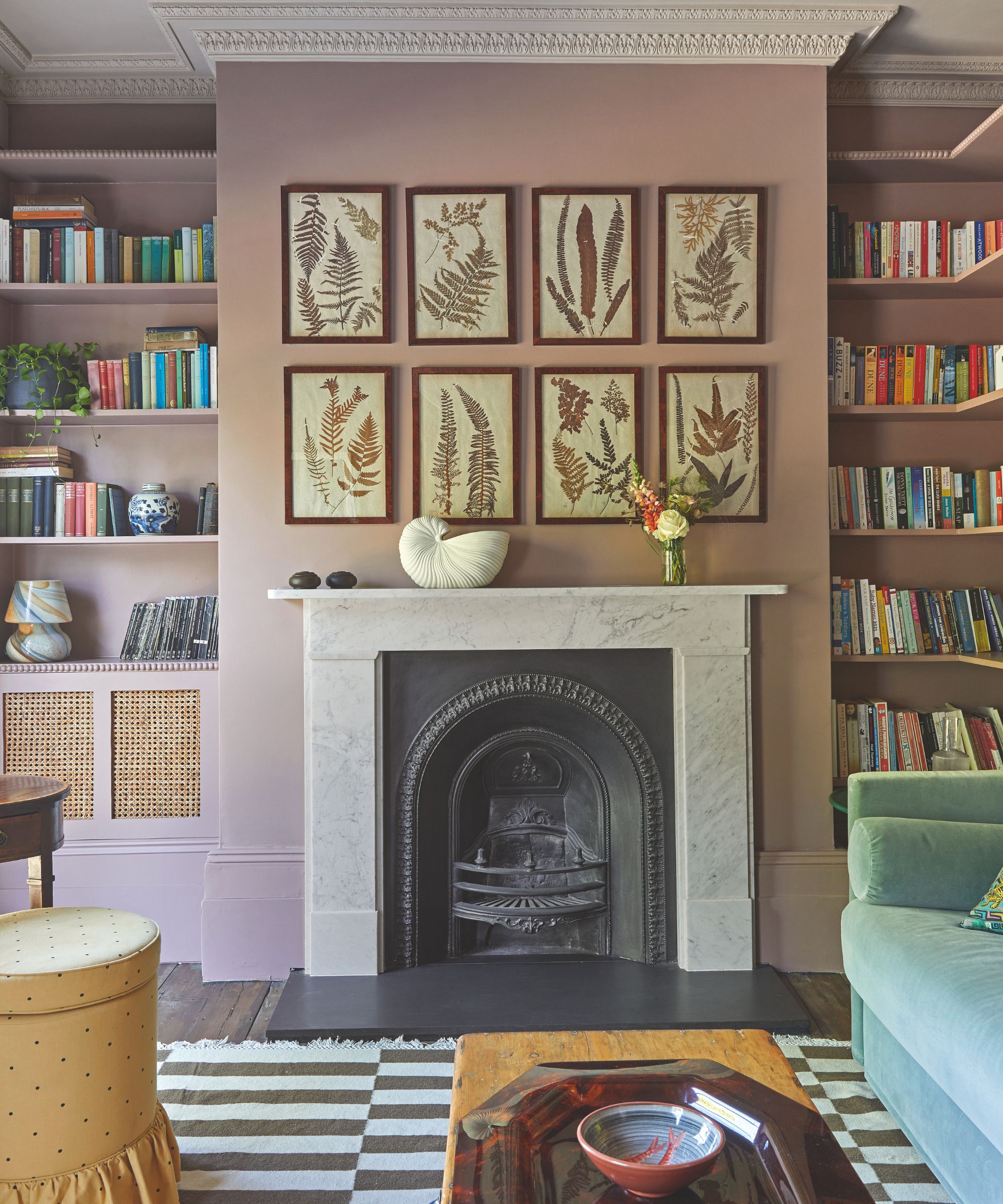
Enter this process knowing it's a process, and avoid jumping ahead to the end goal of living with less.
As Ben Soreff, professional organizer and partner at House 2 Home Organizing, says, 'Getting rid of things is a part of a process, not the end goal. In most cases, it is less important to get rid of something and more important to make a plan.
'When we are working with a client who has a hard time letting go and they're keeping everything, it's often a sign they have unanswered questions or unexplored feelings about their stuff.'
Once this is clear, you can undertake the following steps:
- Start off by gathering up your sentimental items and deciding how many you wish to place in visible areas around your home. This could be on countertops, on tables and shelves, or even on your wall. It all depends on the nature of your sentimental items.
- Next, place the items around your home and allow yourself to live alongside them.
- Lastly, when you feel ready to approach decluttering your sentimental items, gather them back up and sift through to see what you feel can be let go.
I tried it
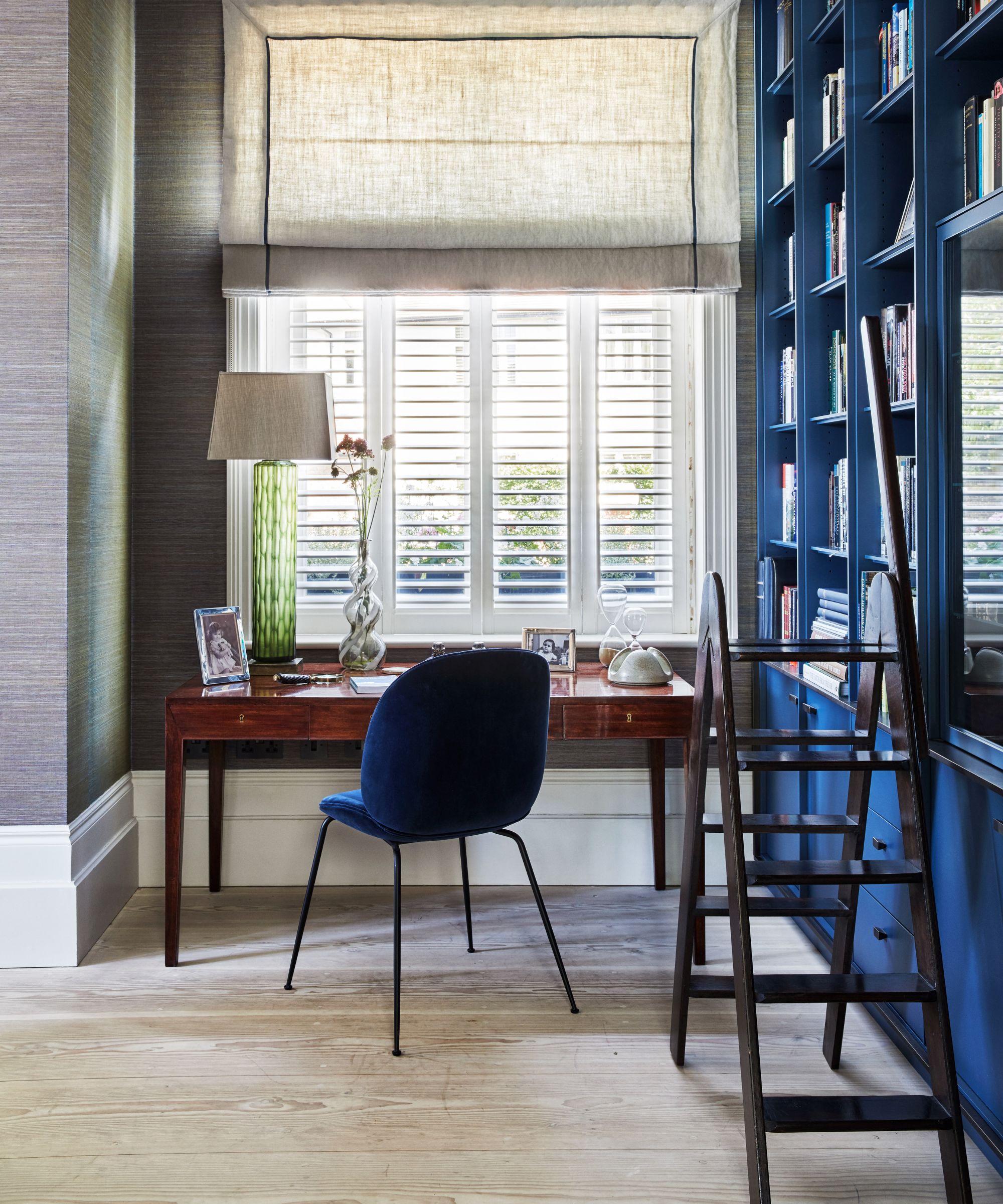
I was interested to try out this form of slow decluttering as someone who finds many things sentimental because I knew that my sentimental items were such a random assortment of things: my first Barbie that I always went to sleep with, figurines my little brother won at the local beach arcade, photos, random pebbles, the list could go on.
I think I knew that these items would just look like random items when I attempted to display them around my home, and that's exactly how it was. They didn't fit in with my current self's life, some held negative memories, and others I entirely forgot that I had kept. This is a thread shared by the fantasy self decluttering method.
It was nice seeing everything I had kept for longer than a quick nostalgia-trip dig through the box before putting items back, but it made me begin to question how much each thing really mattered to me.
If something was attached to a memory, I began to wonder whether I truly needed the physical item to commemorate the experience and, if not, whether the item could be more loved by someone else if I gave it away in favor of 'lessting'.
The beauty of the discharge decluttering method is you can tailor the duration to match whatever pace you wish to work with. Since I could remember the majority of what my sentimental items were, however random they seemed, I only tried the method out for a long weekend and that's all I felt I needed.
But if you have lots of items and need more time or to display amounts of your items in batches, there's no set limit to how long you can take.
As Kimberly said to me, 'The discharge method is useful to help make letting go of stuff easier when you have items that have heavy sentimentality attached to them, making it hard to let go,' so I guess the amount of time you need will also depend on the depth of the attachment.
My verdict
Overall I found this decluttering method to personally be both mindful and effective. I didn't feel pressurized to empty the entire box of sentimental items I was looking through during the method, and it honestly, more than anything else felt incredibly educational.
Through doing something like this, whether it's for a weekend or a month, your perspective on "stuff" and its link to sentimentality will be challenged in a good way, and it reveals which items matter that you otherwise wouldn't learn if they were shut away in a box.
If you have a lot of meaningful items, this slow method may not make sense to try as the decluttering process will be gradual, but perhaps that makes it all the more of a great place to start. Why not try it out for yourself?
Organizing essentials

This compact, clear box is perfect for storing your small sentimental items and ensuring they aren't completely out of sight. Giving your items a designated space like this will also help to curb clutter accumulation.
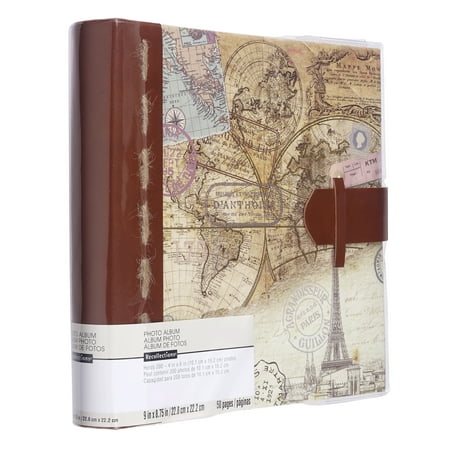
Keeping your photographs organized and contained to fitting a few photobooks is a great way to cut down as well as enjoy your memories.
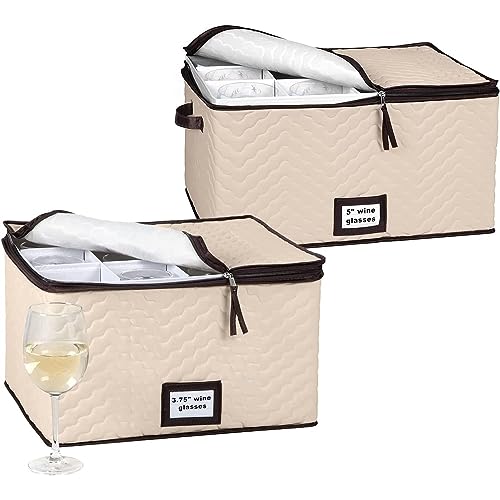
These handy boxes may be designed for storing glasses but they're ideal for keeping your sentimental items safe and secure. Each box has 12 compartments for items.
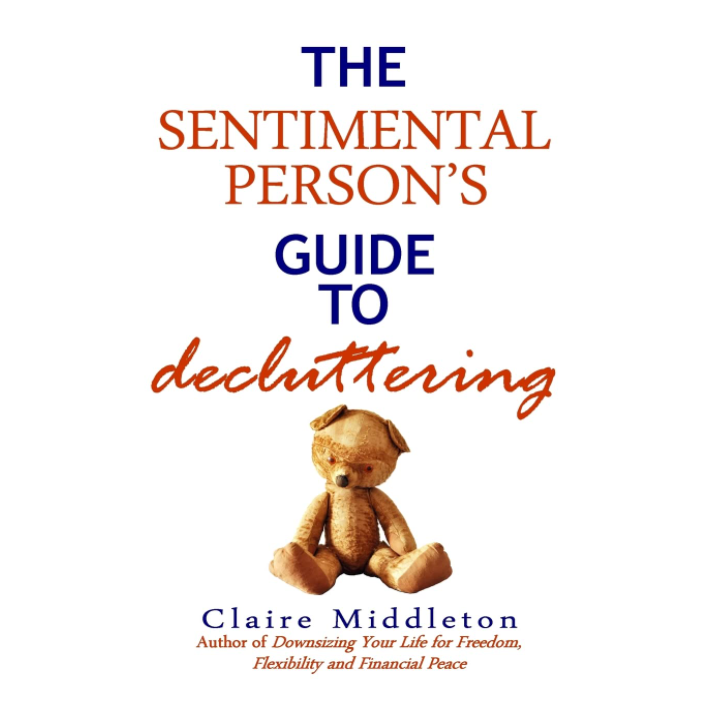
If you're prone to becoming attached to items quickly, the tips in this book will be especially handy.
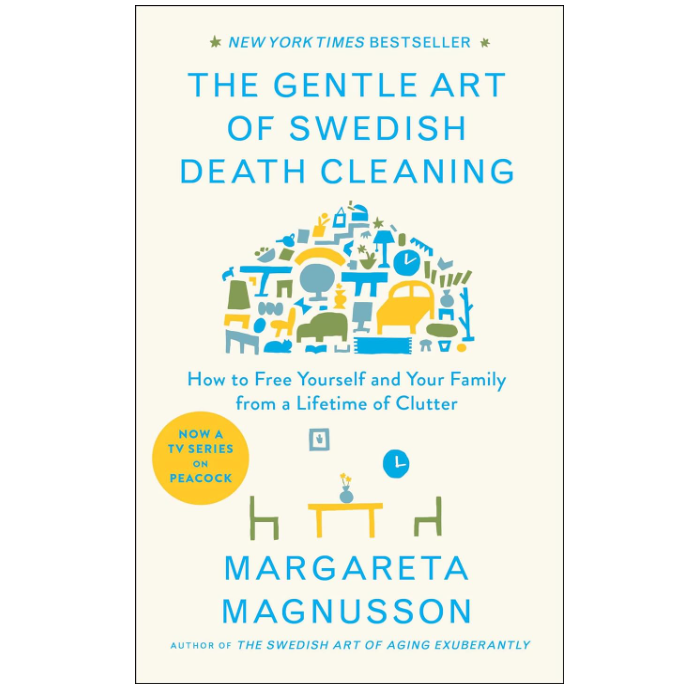
This is another great, informative book on decluttering items and how paring down your sentimentals now can help your family in the future to identify which possessions really mattered to you.
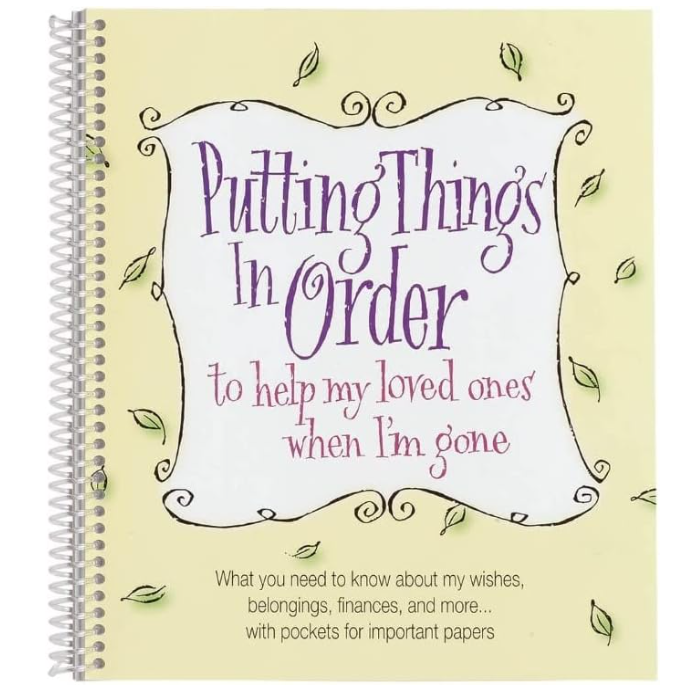
This thoughtful book on organizing and decluttering encourages a person to think about how they would approach decluttering the sentimental items of others and why downsizing now may be beneficial.
Meet the experts
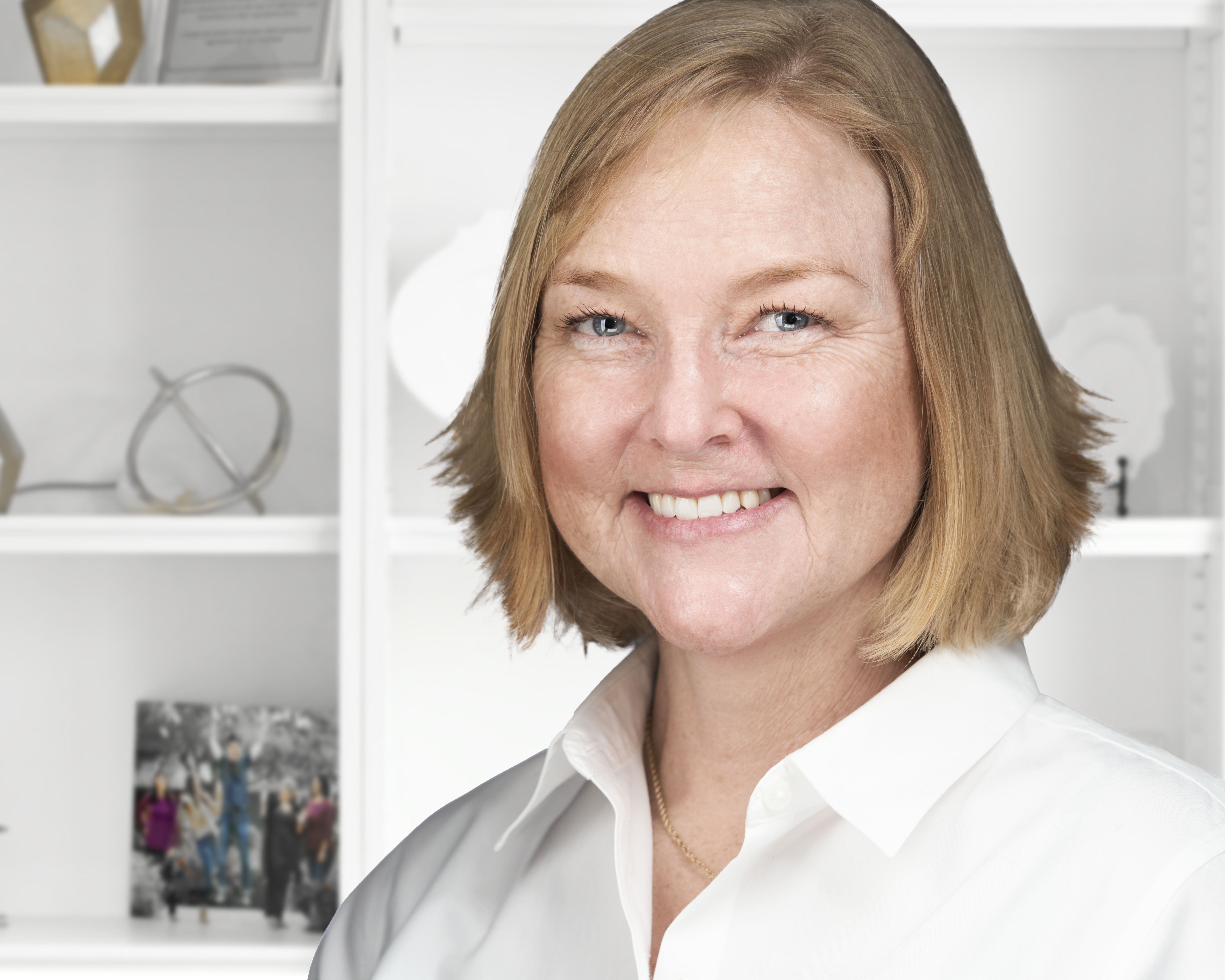
Kimberly Corey of Finely Sorted Organizing is a Certified Professional Organizer® and a Certified Virtual Organizing Professional. She has been in business since 2000 and has helped hundreds of clients bring peace and productivity to their home and office spaces. Whether this involves helping clients delve into their sentimental attachments to items or introducing organizing techniques, Kimberly has a wealth of experience.
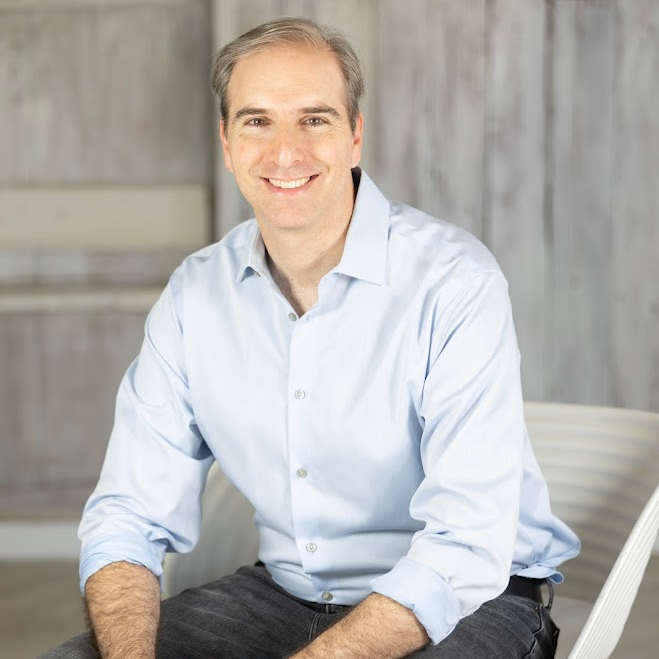
Ben is part of the specialized team at House 2 Home Organizing, and a level 5 hoarding expert, helping clients successfully clear their homes. Through his work he's come across all kinds of people and lifestyles, including working with those who struggle when wishing to declutter sentimental items.
If you like the sound of the discharge decluttering method, the reverse decluttering method may be another good fit.
Focusing on what to keep instead of what you're letting go of, it's another idea that encourages you to embrace what you love throughout the decluttering process. Plus, it helps you to better tackle the sentimental items that are just taking up space.
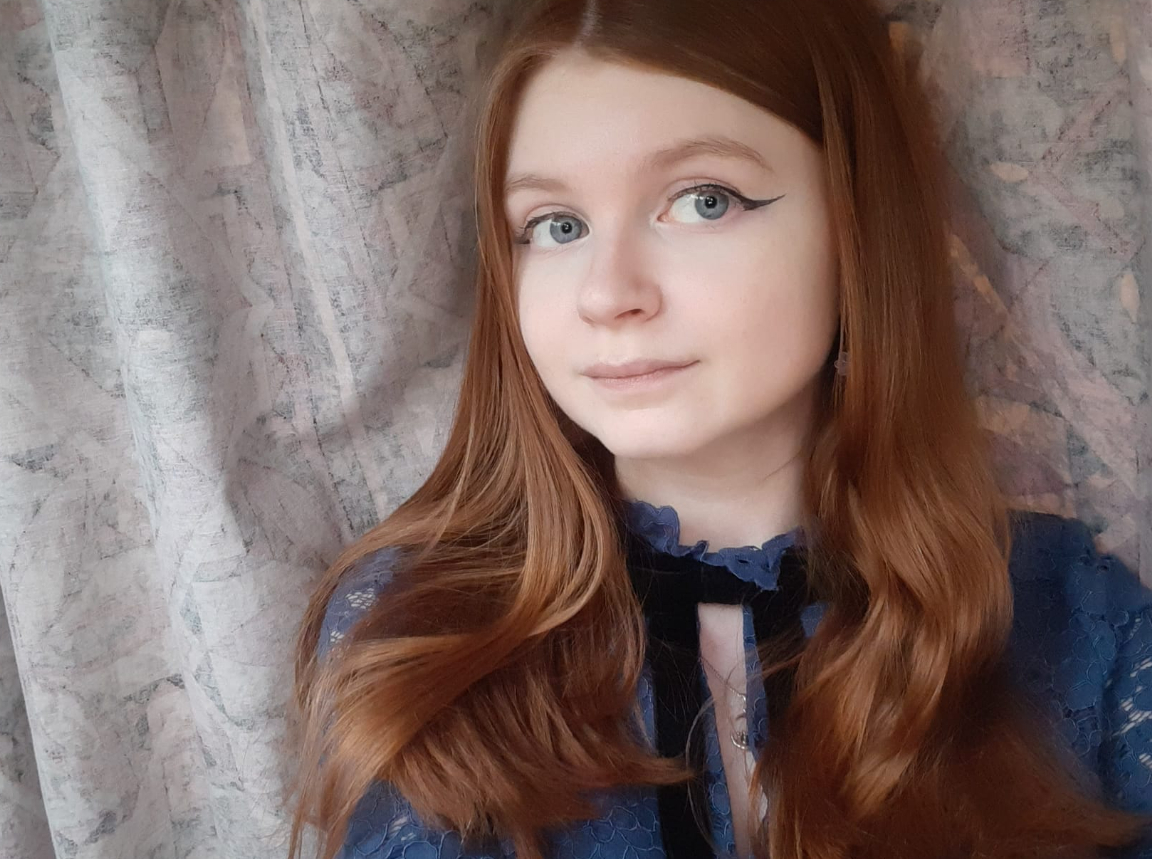
Ciéra is a writer and regional laureate with particular passions for art, design, philosophy and poetry. As well as contributing to Homes & Gardens, she's an Editorial Assistant for Design Anthology UK and a contributing writer for magazines including Livingetc, Apartment Therapy, House Beautiful and Ideal Home. Previous commendations of hers include being Highly Commended by The Royal Society of Literature and receiving a prestigious MA Magazine Journalism scholarship to City, University of London.